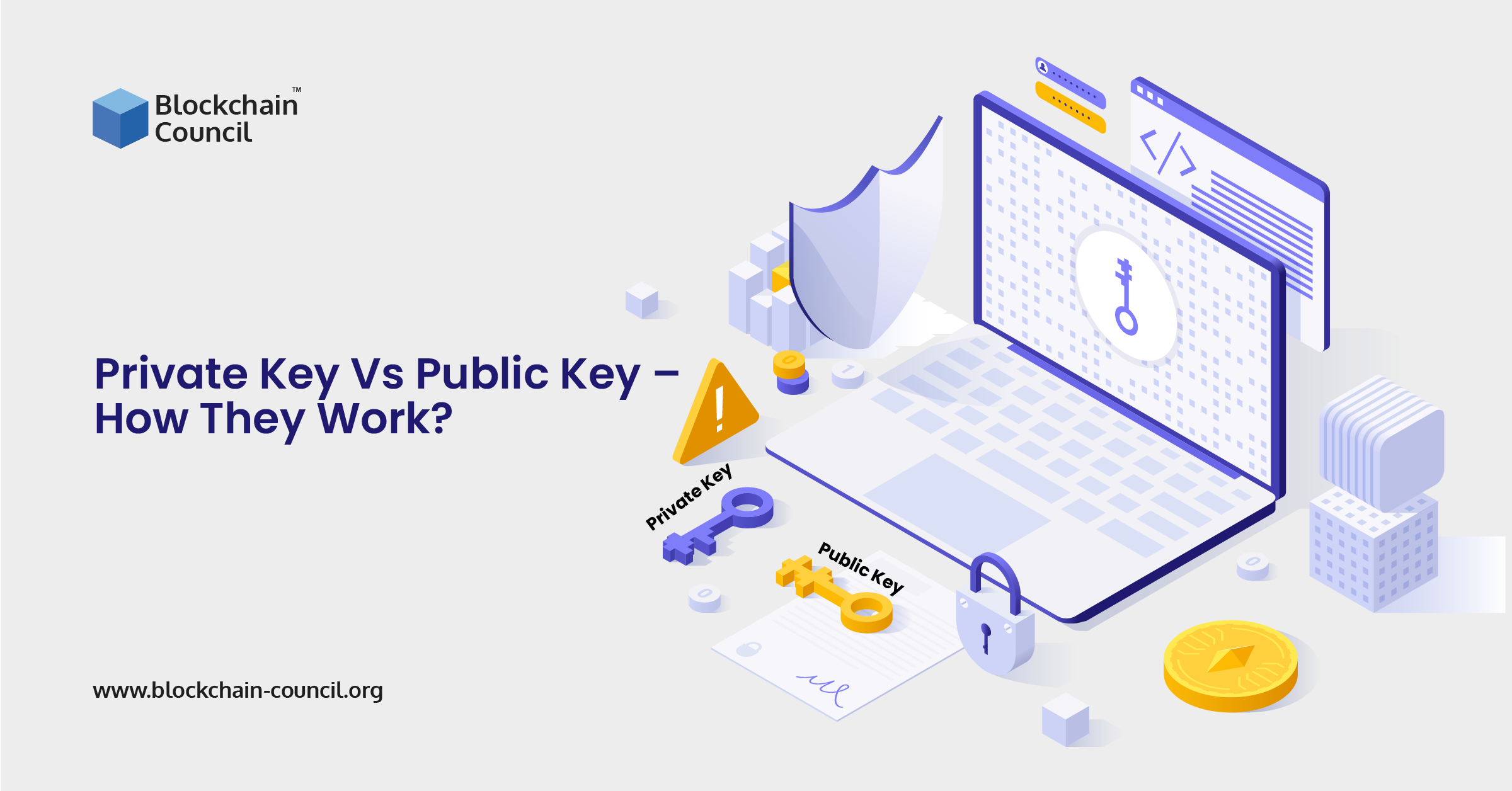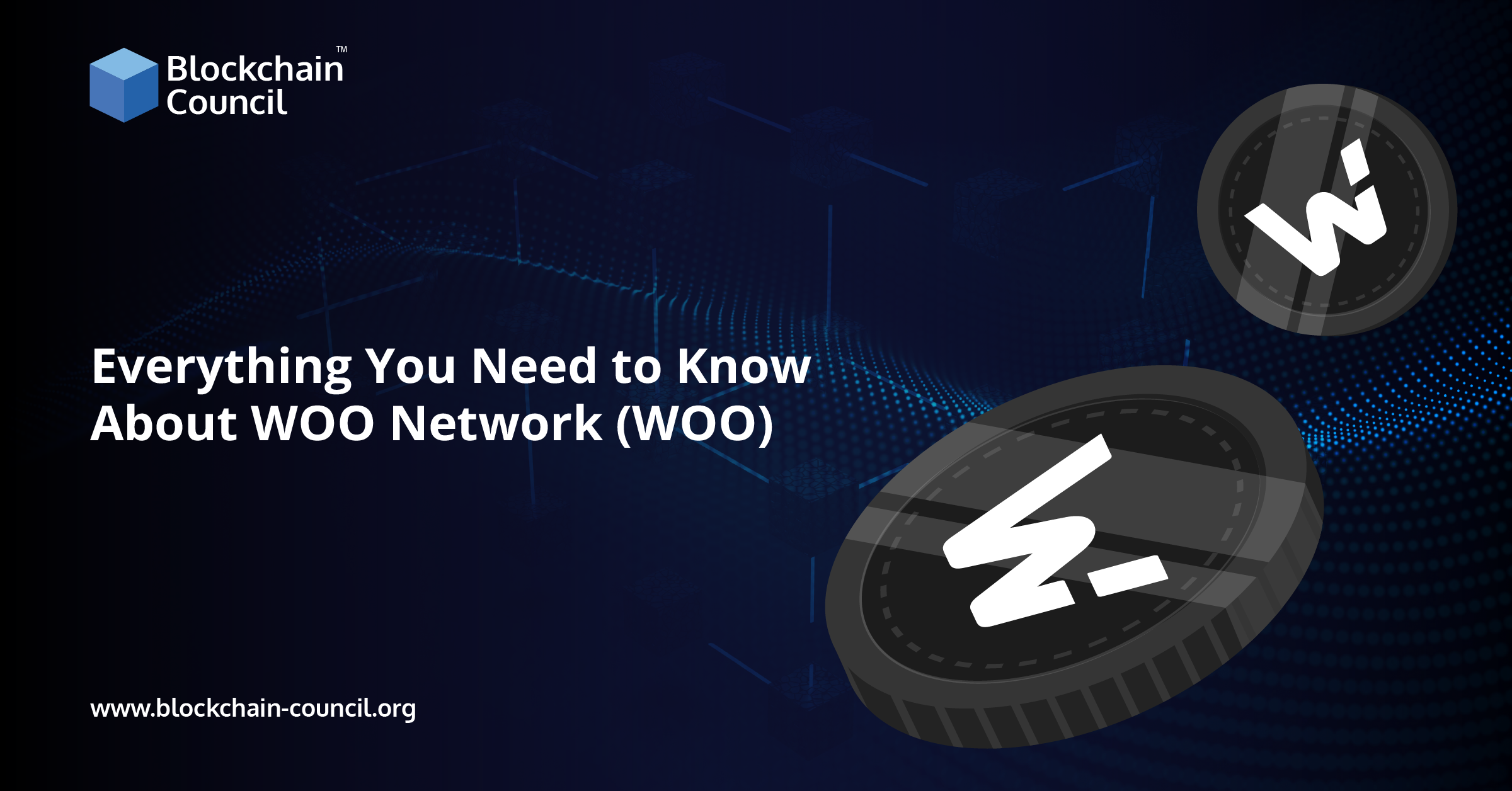
- Avinandan Banerjee
- October 03, 2023
Blockchain technology is revolutionary and has the potential to change many industries. Securing blockchain apps, however, is challenging because there are no standards or best practices yet. This post will help you understand how to secure your blockchain solutions.
Here are the 3 steps that you can follow to minimize risk in blockchain security. It would also help you prevent data breaches and disruption of your critical operations.
Determine whether you need a public or private blockchain solution:
Blockchain application types can be described as public or private. In a public blockchain, like Bitcoin, many people have access to the ledger and no one person is responsible for managing it.
This makes the management of transactions very easy as there are multiple validators that compete with each other to make sure all transactions are accurate and trustworthy. Securing this type of solution might require extra work because you need to ensure that every transaction recorded in the blockchain has been verified by at least 51% of participants on a network (otherwise they won’t count).
Securing your application built on top of such an open system requires even more effort due to its distributed nature – if hackers manage to find their way into one node in the network they can still do significant damage.
In a private blockchain, only some people have access to the ledger and it is managed by one or more members within that group of users (usually called “validators”). Securing this type of solution might be easier because you will not need to deal with scalability issues – all transactions are verified ahead of time so there is no need to wait for more than two validators’ approval.
Securing your application built on top of such a system might be trickier if you do not have the right expertise or resources in-house. Also, figuring out the optimum security strategy against blockchain security issues may put your mind in thinking for more time.
When building blockchain solutions, keep security at the forefront:
Blockchain technology was designed with security and immutability as key components.
Blockchain applications are built to be resilient from the ground up, however, this does not mean that they cannot be broken.
Securing your blockchain solution will require more than just a single set of encryption keys or user names and passwords – it is important to understand how you can use technology best suited for different requirements throughout the development process.
Find out if you will need an off-chain service provider for parts of your system:
Securing a blockchain application can be done on-chain or off-chain. On the one hand, you have public blockchains which are decentralized and require no trust in a third party to function properly. These types of solutions offer better security because competitors validate transactions so it is more difficult for data breaches to happen. However, this comes with tradeoffs.
On the other hand, there are private ledgers that rely on centralized providers (sometimes called “oracles”). Securing these systems requires less effort as all parties involved will need to do their own part but they might not always provide immutability. In some cases, attackers could get around them if they make changes at the provider level instead of trying to break into your application directly.
Securing blockchain applications that rely on off-chain services can be more challenging as they might not always provide 100% security. For example, if you use an oracle for data validation and the provider is hacked, attackers will get access to your whole database even though there are no traces of their activity within the ledger itself.
Research what type of consensus mechanism is best suited for your needs; one example would be Proof-of-Work (PoW) :
Securing a blockchain solution is all about understanding which consensus mechanism to use in a given situation. Secured public blockchains usually rely on Proof-of-Work, whereas private ledgers might have different requirements depending on the application and business model (e.g., if there are many parties involved that need to approve transactions).
If you want your solution to be as secure as possible it’s important not only to choose an appropriate consensus algorithm but also to understand what type of data validation is required for specific use cases. This will ensure uptime of your system and without any security breaches along the way. Securing blockchain applications requires an understanding of which consensus mechanism you are using.
Secured public blockchains usually use Proof-of-Work, while private ledgers have different security requirements depending on the application and business model (e.g., if there are many parties involved that need to approve transactions).
If you want your solution to be as secure as possible it’s important not only to choose an appropriate consensus algorithm but also to understand what type of data validation is required for specific use cases.
Summing it up
Blockchain technology is already making a powerful impact on how we run businesses. As more and more people are using it, there need to be security measures in place to make sure they know what they’re doing.
Beyond blockchain, securing the supporting infrastructure of websites and apps which are interfacing with users above the blockchain layer also becomes super important. Websites and apps related to cryptocurrencies or other aspects of crypto-related tech should also be secured with SSL certificates so users can feel safe when logging into their accounts online. Further, regular security audits/pentests should be done too.





































































 Guides
Guides News
News Blockchain
Blockchain Cryptocurrency
& Digital Assets
Cryptocurrency
& Digital Assets Web3
Web3 Metaverse & NFTs
Metaverse & NFTs
